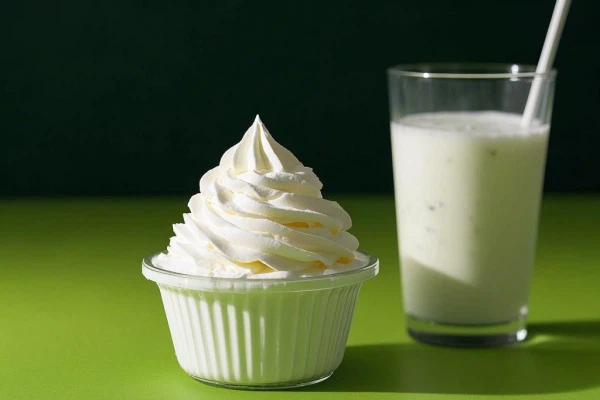How Much Xanthan Gum Should You Use in Different Applications
Mar 13, 2025
Xanthan gum is a powerful and versatile thickener, stabilizer, and emulsifier used across various food and beverage applications. It helps improve texture, prevent separation, and enhance mouthfeel. However, using the right dosage is key, too little may not provide the desired effect, while too much can make products overly thick, slimy, or gummy. In this guide, we'll explore the optimal xanthan gum dosage for different applications, ensuring your formulations achieve the best results.
Xanthan Gum in Gluten-Free Baking
Gluten-free baking relies on xanthan gum to replace gluten's binding properties and provide structure. The recommended dosage varies depending on the type of baked good:
- Bread: 0.5%–1% of flour weight (about 1 teaspoon per cup of flour)
- Cakes & Muffins: 0.3%–0.5% of flour weight (½ teaspoon per cup of flour)
- Cookies & Biscuits: 0.2%–0.3% of flour weight (¼ teaspoon per cup of flour)
Tip: Using too much xanthan gum can make baked goods dense or gummy. Always start with a lower amount and adjust as needed.

Xanthan Gum in Sauces and Dressings
Xanthan gum is an excellent stabilizer for salad dressings, sauces, and gravies, ensuring a smooth consistency while preventing separation.
- Salad Dressings & Marinades: 0.1%–0.5% (1 gram per liter)
- Gravies & Sauces: 0.2%–0.7% (2–7 grams per liter)
Tip: Xanthan gum thickens liquids without heat, making it perfect for cold-prepared sauces and emulsions.
Xanthan Gum in Beverages
Xanthan gum enhances the mouthfeel of juices, smoothies, protein shakes, and plant-based milk while preventing ingredient separation.
- Juices & Flavored Drinks: 0.05%–0.2% (0.5–2 grams per liter)
- Protein Shakes & Meal Replacements: 0.1%–0.3% (1–3 grams per liter)
- Plant-Based Milk (Soy, Almond, Oat, etc.): 0.05%–0.15% (0.5–1.5 grams per liter)
Tip: Start with a low dosage, higher amounts can make drinks feel too thick or slimy.
Xanthan Gum in Dairy and Dairy Alternatives
In dairy-based and non-dairy products, xanthan gum provides stability, prevents separation, and enhances creaminess.
- Ice Cream: 0.2%–0.5% (2–5 grams per liter) – reduces ice crystal formation.
- Yogurt: 0.1%–0.3% (1–3 grams per liter) – improves texture and prevents whey separation.
- Whipped Cream & Dairy Toppings: 0.05%–0.2% (0.5–2 grams per liter) – stabilizes foam structure.
Tip: Xanthan gum is often combined with guar gum or carrageenan to improve texture and mouthfeel.

Xanthan Gum in Meat and Plant-Based Products
In processed meats and plant-based alternatives, xanthan gum acts as a binder and moisture-retaining agent.
- Meat Products (e.g., sausages, deli meats): 0.2%–0.5% (2–5 grams per kg)
- Plant-Based Meat (e.g., vegan burgers, nuggets): 0.3%–0.8% (3–8 grams per kg)
Tip: It enhances juiciness and texture, preventing dryness after cooking.
Xanthan Gum in Personal Care Products
Beyond food, xanthan gum is used in cosmetics and personal care for its thickening and stabilizing properties.
- Lotions & Creams: 0.1%–0.5%
- Shampoos & Conditioners: 0.2%–0.6%
- Toothpaste & Gels: 0.3%–1%
Final Thoughts
Xanthan gum is an essential ingredient for stabilizing, thickening, and improving texture in food and beverage formulations. The key is to start with a small amount and gradually adjust based on the desired consistency.
Need help optimizing your formulations? Contact Chemsino experts today for professional guidance on using xanthan gum correctly in your products!
You Might Also Like
-

Fungal A-amylase CAS NO.: 9000-90-2
-

China Enzyme Manufacturing Fungal A-Amylase CAS NO.: 9000...
-

Brewing Brilliance 2.0: Craft Excellence With Maltogenic ...
-

Formulate Smooth, Creamy Dressings And Sauces With SSL100%
-

Glycerol Monostearate GMS 40 Powder E471 CAS No.31566-31-1
-

Chemical Polyglycerol Polyricinoleate Pgpr Food Ingredien...
